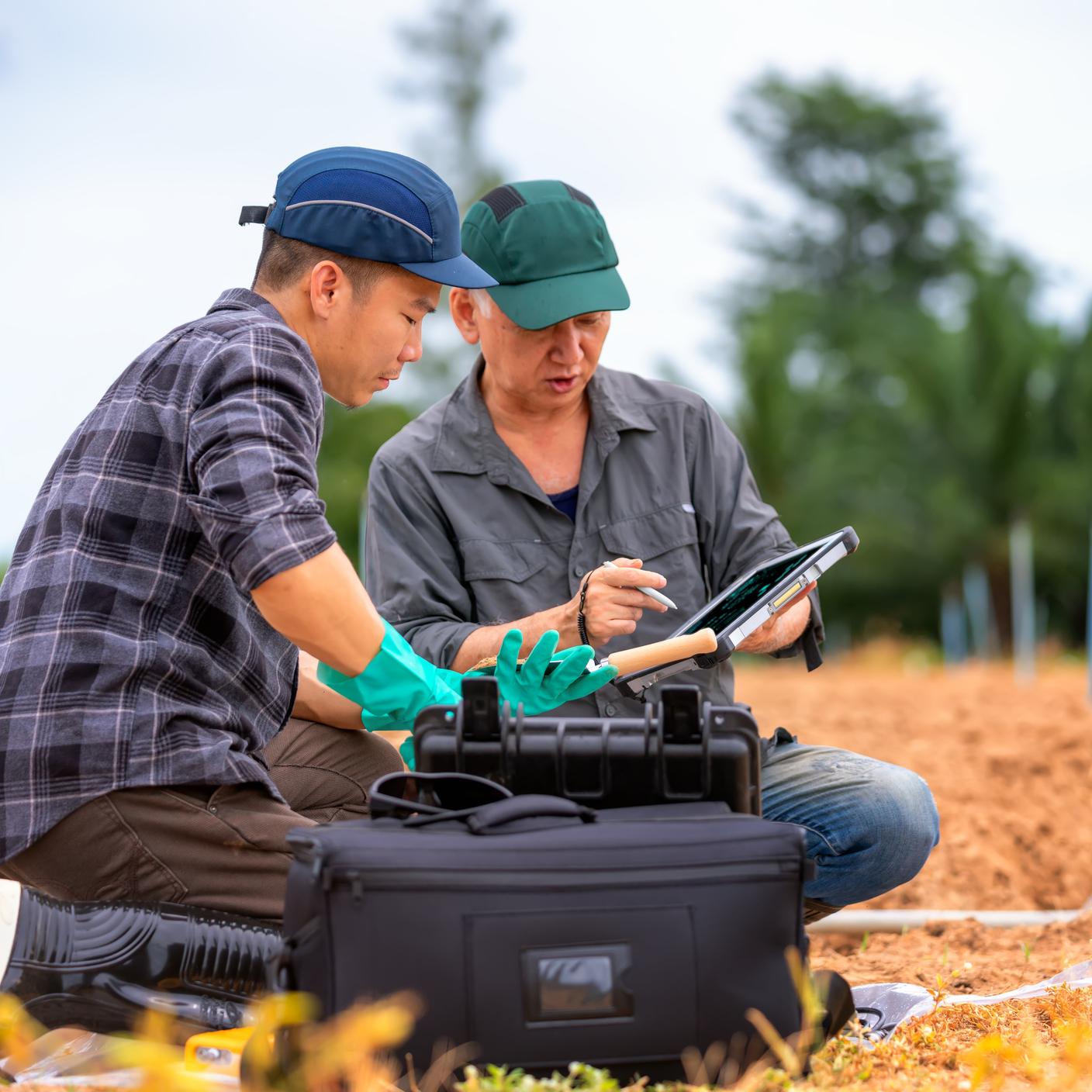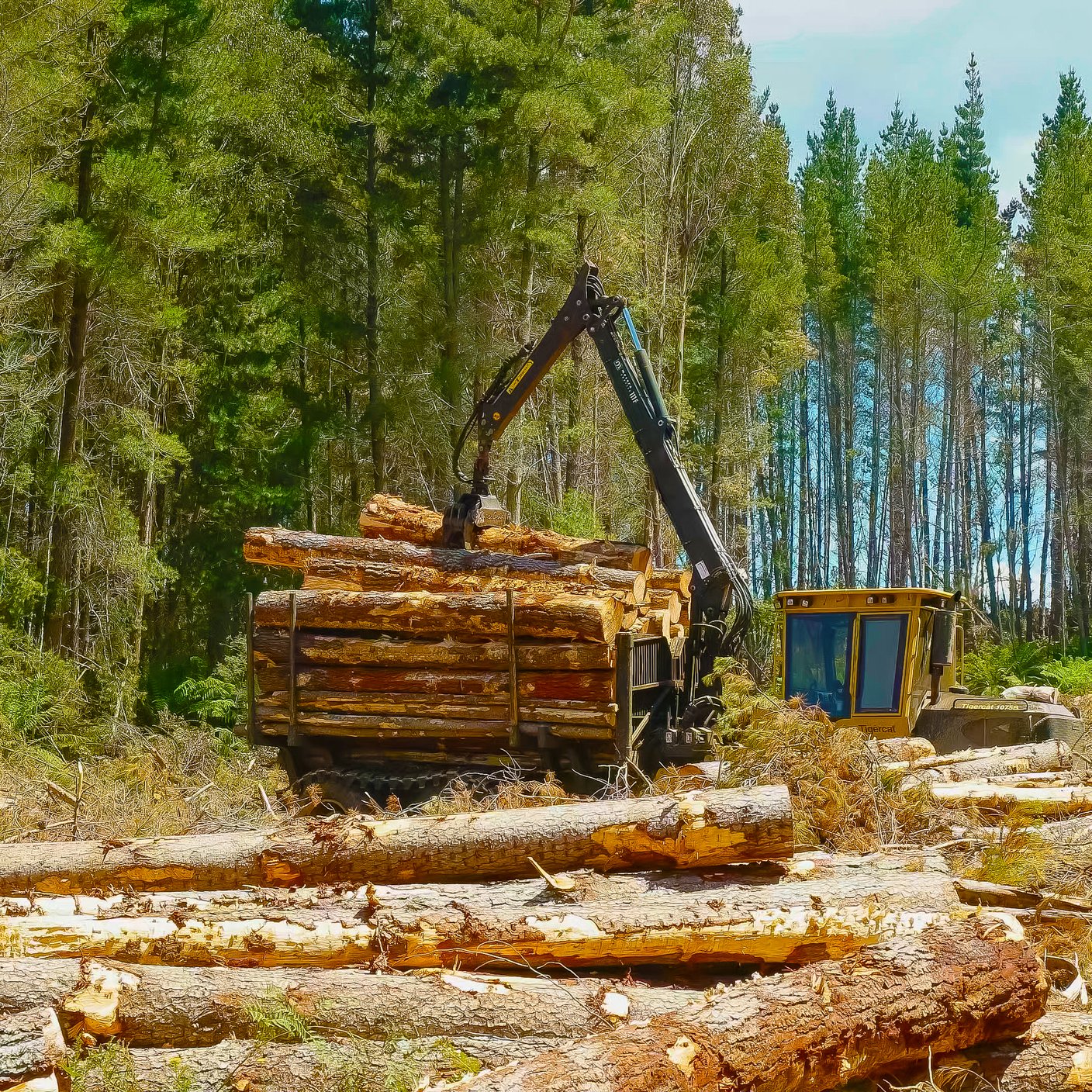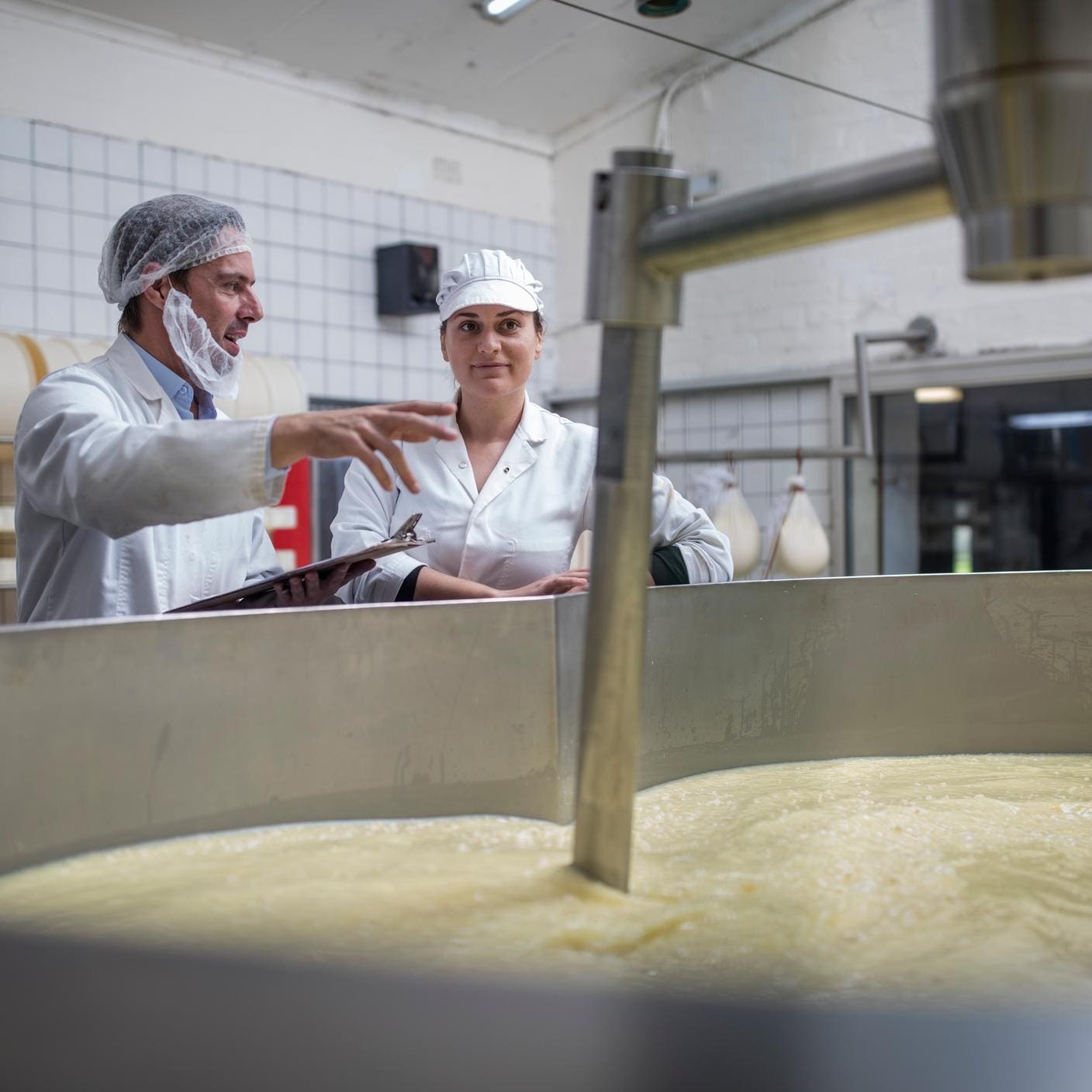The new reality of food safety
Within the food sector, food safety has been a priority for good businesses for decades. However, in the past four to five years, the issue has risen to genuine prominence.
Today, food businesses are acutely aware of the risks they potentially face – and those risks are increasingly complex and continually evolving.
We're facing unprecedented challenges from climate change, supply chain disruption, evolving pathogens, and ever-increasing customer demand for transparency.
Increasingly, growing populations and diversifying customer taste and expectations create new challenges for manufacturers, who are receiving ingredients and products from multiple countries, including the risks of contamination and fraud. With more suppliers involved, traceability is increasingly challenging.
While food safety has long been a priority for good food businesses, there is a huge opportunity to do more. Some of the scarier statistics that surround food safety bear repeating.
- In 2023, the World Health Organization reported more than 600 million foodborne illnesses globally.
- An estimated 600 million people (one in ten) fall ill after eating contaminated food each year – and 420,000 of those die.
- US $110 billion is lost each year in productivity and medical expenses resulting from unsafe food in low- and middle-income countries.
- Children under five years of age carry 40% of the foodborne disease burden, with 125,000 deaths every year.
Food safety is inextricably linked to food security and has a significant impact on brand reputation, consumer confidence, and the bottom line.
In the US alone, businesses lost US$1.92 billion in direct recall costs in 2024, primarily due to labeling errors and undeclared allergens. These figures exclude indirect costs such as lost sales, downtime, legal fees, class actions, regulatory fines, and PR and crisis management fees.
Gary Wills, Global Director, Consumer Retail and Food at BSI, says, "Today, we still see too many recalls, which are usually reactions to non-conformities in the food safety process."
All of these figures underline the need to do more as a collective industry, and more individually within our businesses, too.
A new way of managing food safety is needed.
"Focusing on a proactive, risk-based approach to food safety will help mitigate issues in your food safety programs," says Wills. "A drive for continuous improvement is key."
To achieve that continuous improvement, however, you need to have a clear understanding of what needs to be tackled and a clear vision.
Beyond the basics – building the foundational pillars of food safety
Food safety professionals are well acquainted with HACCP (Hazard Analysis and Critical Control Points) and GMPs (Good Manufacturing Processes), and these are integral, non-negotiable components of a robust food safety ecosystem.
However, in today's increasingly diverse and health-conscious food environment, these are just the strong foundations, rather than the whole story.
Today food safety risks fall into four primary categories.
- Microbiological hazards, such as Salmonella and Listeria, which cause 90% of foodborne illnesses.
- Chemical hazards include allergens, pesticides, and contaminants such as heavy metals.
- Physical hazards include glass or metal fragments.
- Allergens are a growing concern as global diets diversify.
The Global Food Safety Initiative (GFSI) recommends building a food safety system around four key pillars:
Monitoring
Essential at each Critical Control Point (CCP) to ensure that hazards are being controlled – for example, checking cooking temperatures or pH levels at specific stages. This helps detect deviations from safety standards before they result in unsafe products.
Corrective actions
When monitoring shows a CCP is not under control, predefined corrective actions must be taken immediately. This could include reprocessing, holding or discarding products to ensure unsafe food does not reach consumers.
Verification
Ensures the HACCP plan is working effectively. This includes reviewing records, calibrating instruments, and conducting audits to ensure the system is functioning as intended and to identify areas for improvement.
Record keeping
Detailed records are kept for hazard analysis, CCP monitoring, corrective actions, and verification activities. These are critical for audits and traceability, providing evidence of compliance and accountability.
Creating a strong food safety culture that goes beyond base-level compliance
For the global food industry to reduce food safety incidents, unnecessary expenses, and food waste, food safety must move beyond a compliance task.
Instead, it ought to be part of every food business's culture because, from there, we can create a more resilient and robust food safety ecosystem.
We can only begin to move towards that if every individual business prioritizes food safety and embeds it in its daily operations.
"Many organizations see food safety as a box that needs to be ticked once a year," says Wills. "You can't just check the box to say, 'We did this’. You have to go further than that."
"Food safety should be a continuous effort, every single day – only then can businesses begin to realize the benefits beyond compliance."
Practical steps to build a robust food safety ecosystem – step one: culture
Ultimately, for successful cultural change, C-suite buy-in is essential. If a business wants to improve on food safety and begin building a robust and resilient food safety culture, it must start at the top.
"For a food safety culture to be effective, it has to come from senior management, and everyone in an organization needs to be involved," says Wills.
Having C-suite leadership reinforcing the importance of food safety empowers the whole business.
"A strong food safety culture is built on a coalition to engage and empower change champions from different organization levels and departments," says Wills. "That then empowers employees and sets new standards to hold each other accountable"
Key activities to identify risks – and build resilience
Conduct regular risk assessments
Across the business, regular risk assessments should be conducted to identify vulnerabilities before they become crises. By performing regular assessments, you will quickly build up a detailed understanding of potential weak spots and be able to mitigate them in advance.
Run your own audits
Increasing internal audit frequency to more than once per year may improve certification audit readiness along with other tangible benefits (for instance the need for training).
"Carrying out your audits is an excellent way of prioritizing food safety – and, when you conduct an internal audit, it's always good to be harder on yourself than the actual auditor will be," says Wills.
Review training processes
Formalized training processes are key to ensuring that your organization is operating optimally, day in, day out. Recruits need to be trained when they arrive, and expectations need to be communicated. Review how this training happens, and who the trainers are. Is training conducted by a professional trainer, or someone who does the job themselves? If it's the latter, ensure the messages communicated are consistent with the expectations of the company, and they have the support needed to deliver training effectively.
Get to know your suppliers
Your suppliers are integral to everything you do, but how well do you really know them? It's important you understand how they operate, so run regular checks to confirm they at least meet – if not exceed – your safety, quality, and delivery expectations (for example, a GFSI-recognized scheme) and comply with required legislation.
A good practice is to implement a supplier approval program, consisting of a risk matrix, audits and a supplier performance scorecard, which can be reviewed on a regular basis. Creating and regularly reviewing a supplier performance scorecard will support your supplier program as well.
It's vital to know your suppliers intimately, as any malpractice will be reflected onto your organization.
Scenario planning
Within your robust food safety environment, it's wise to integrate scenario planning to test your system’s resilience under stress.
By anticipating potential disruptions throughout the supply chain – for example, contamination issues, regulatory changes, or shortages – you can run simulations to ensure your plan B stands up to scrutiny.
For product recall, for example, do you have a ready-to-go action plan that details communication, traceability, containment, customer calls and complaints handling?
Practical steps to building a robust food safety ecosystem – step two: technology
Technology and AI are playing an increasingly influential role in the food safety ecosystem. Used effectively, they can bring essential data insights to identify and mitigate risk, scale consistent compliance, reduce food loss and waste, and bring new levels of transparency.
Predictive analytics
Al and predictive analytics can help food businesses anticipate – and therefore mitigate against – risks, rather than react to them. This is just as important internally as externally. Internal data – for example, historical spoilage and storage data – may be analyzed to identify areas of improvement, and training targeted to address these areas. Externally, AI can study historical weather conditions and data to identify potential weaknesses and opportunities.
In addition, audit data can be analyzed to identify potential training opportunities.
"It's important to understand the probability of something happening, and prepare accordingly," says Wills.
Risk detection
As well as anticipating risk, technology and AI is playing a key role in detecting risk. Internet of Things (IoT) temperature and humidity sensors in transport and storage, for example, monitor in real time, and issue alerts when temperatures deviate from safe ranges.
Whole genome sequencing
Whole genome sequencing (WGS) is revolutionizing the identification, tracking, and prevention of foodborne pathogens, identifying and predicting anomalies in production. Food manufacturers are increasingly using WGS as a tool to monitor facilities – taking samples from different areas of the facility and sequencing microorganisms. WGS can also be used to test ingredients from suppliers to help prevent contaminated ingredients from entering their production processes.
Practical steps to build a robust food safety ecosystem – step three: filling knowledge gaps
Building a sustainable, robust food safety culture in your business doesn't happen overnight, but with the right help, you can build partnerships of trust with both customers and suppliers.
As a founding member of ISO, BSI shapes industry with standards. BSI developed the early PAS 220 in collaboration with the food industry to specify Prerequisite Programs (PRPs) for food safety in food manufacturing. Together with ISO 22000 and FSSC additional requirements, this forms the GFSI-recognized FSSC scheme.
As a globally accredited, independent third-party certification body, BSI supports the food industry from farm to fork, to demonstrate compliance with food safety and quality standards, which supports your brand reputation.
Our consulting and training teams offer the food & beverage industry preparation and education on implementation, GMP/HACCP/PCQI, Food Safety Culture, root cause analysis, and proactive learning to continually improve their food safety management systems.
We work with you to conduct gap assessments and to deliver customized solutions, supported by ongoing audits to strengthen food safety and build resilience. We also offer tailored training solutions, focusing on your organization's needs, via classroom, online, micro-learnings, and gamification, explicitly designed for you.
Prioritizing robust food safety
As the food industry continues to evolve, risks become more complex. Consumers need more information, and the regulatory landscape continues to develop. Meanwhile, challenges including novel pathogens, food fraud, climate change, unique ingredients, and logistics, all need continual management.
By developing and leveraging proactive processes and resources, you can help embed food safety right across your organization – not only protecting your business, but playing a critical role in global food safety and security.
BSI helps global manufacturer standardize food safety processes
A global food manufacturer’s business grew significantly through expansion and acquisition, and, as a consequence, the organization’s food safety plans became increasingly complex.
The business needed to modernize its global food safety plan structure, and contacted BSI to support its efforts, while maintaining regulatory compliance.
The BSI team began by reviewing the current food safety plans for their US business divisions and provided recommendations to promote harmonization and consistency across the entire group. Additionally, BSI supported food safety program training for their manufacturing teams at key facilities.
Together, these initiatives ensured a standardized approach to food safety across different divisions and regions, and the project team was able to simplify the usability of the forms for plant personnel.
Quality issues identified and solved thanks to BSI
BSI was asked by a global food company to conduct a root cause analysis to help the organization better understand a manufacturing quality issue.
The key value BSI provided was an impartial and external analysis of not only the causal factors, but the internal processes that delayed detection and escalation.
The scope of the assessment was a single raw material supply stream through production with an emphasis on process mapping, data review, and employee interviews.
Within three weeks of the initial notification BSI delivered a detailed report including concise recommendations for process enhancements, enabling the organization to implement steps to rectify the issue.
Talk to us
At BSI, we’re committed to supporting you through every stage of building a resilient food safety ecosystem. From internationally recognized standards to tailored training, gap assessments, supplier audits, and digital solutions, our expertise helps you transform food safety from a compliance necessity into a culture of excellence.
By partnering with BSI, your organization gains the tools, insights, and independent assurance needed to navigate today’s food safety risks, while building trust with customers and staying ahead of evolving regulations. Let us help you strengthen resilience, embed food safety at the core of your business, and shape a safer, more secure global food system for the future.
Additional resources
PAS 320:2023 Developing and sustaining a mature food safety culture
PAS 96 Protecting and defending food & drink from deliberate attack
BS EN ISO 22301:2019 +A1:2024 – TC Business continuity management systems
BS EN ISO 22301:2019 Business continuity management systems







